Research Summary
The % of field submissions resistant to dicyclanil and cyromazine, cyromazine only or susceptible to both cyromazine and dicyclanil.4
Total Submissions
(N=100)
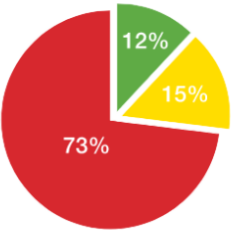
NSW
(n=55)
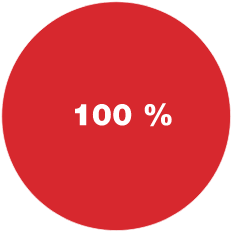
Victoria
(n=11)

SA
(n=12)
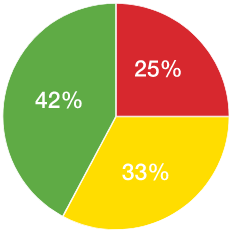
WA
(n=21)

 Resistant to both dicyclanil and cyromazine
Resistant to both dicyclanil and cyromazine
 Resistant to cyromazine
Resistant to cyromazine
 Susceptible to dicyclanil & cyromazine
Susceptible to dicyclanil & cyromazine
Protection Period Evaluation3,4
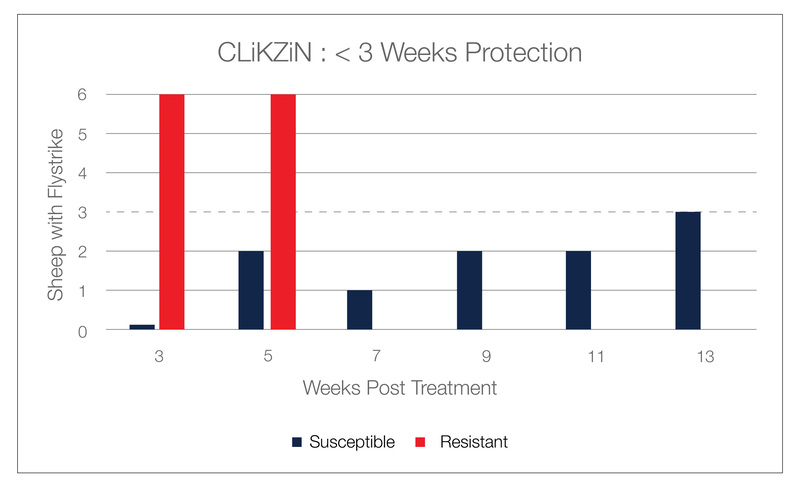
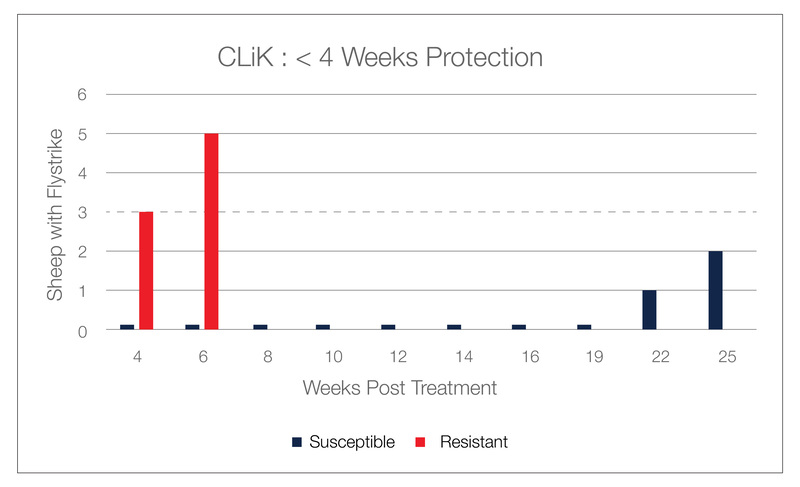
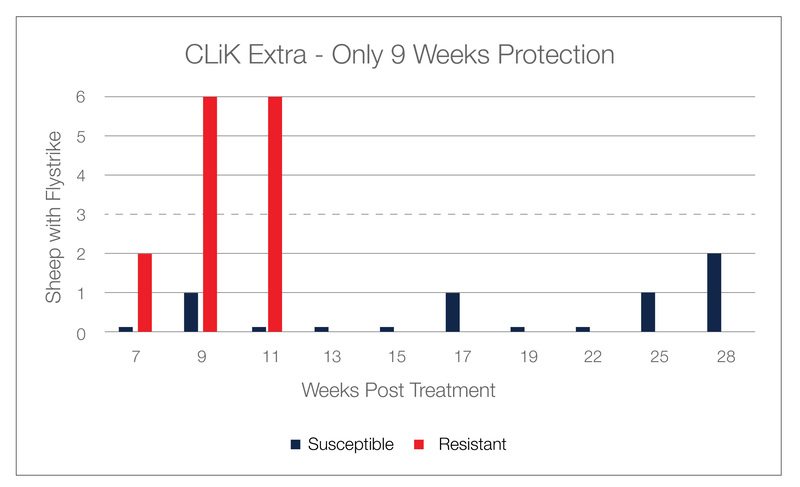
For the first time, reduced protection periods have been reported to dicyclanil based spray-on products due to
resistance development in the Australian sheep blowfly3.
*Graphics adapted from N. Sales et al, IJP: Drugs and Drug Resistance 14:118-125.
Conclusion
Everyone in the industry is responsible (manufacturer, reseller, advisors, farmers) to ensure flystike can continue to be managed and the wool industry remains viable.
1. Flyboss., (2019) Resistance management strategy for the Australian sheep blowfly Lucilia cuprina (Wiedemann). Accessed: 04/2019. http://www.flyboss.com.au/sheep-goats/files/pages/treatment/insecticide-resistance/resistance-management-strategies/190415-SHEEP-BLOWFLY-RESISTANCE-MANAGEMENT-STRATEGY-FINAL-GD3349.pdf
2. Flyboss., (2019) A fly in the ointment. Accessed 12/2019. http://www.flyboss.com.au/sheep-goats/files/pages/treatment/insecticide-resistance/resistance-management-strategies/A-Fly-in-the-Ointment-Managing-Chemical-Resistance-to-Blowflies-20191129.pdf.
3.Sales, N, Suann, M, Koeford, K, 2020, ‘Dicyclanil resistance in the Australian sheep blowfly, Lucilia cuprina, substantially reduces flystrike protection by dicyclanil and cyromazine based products’, IJP: Drugs and Drug Resistance 14:118-125.
4.Sales, N, 2020, Sheep Ectoparasite Resistance Update 2018-2020, NSW DPI Project no. ON-0049

